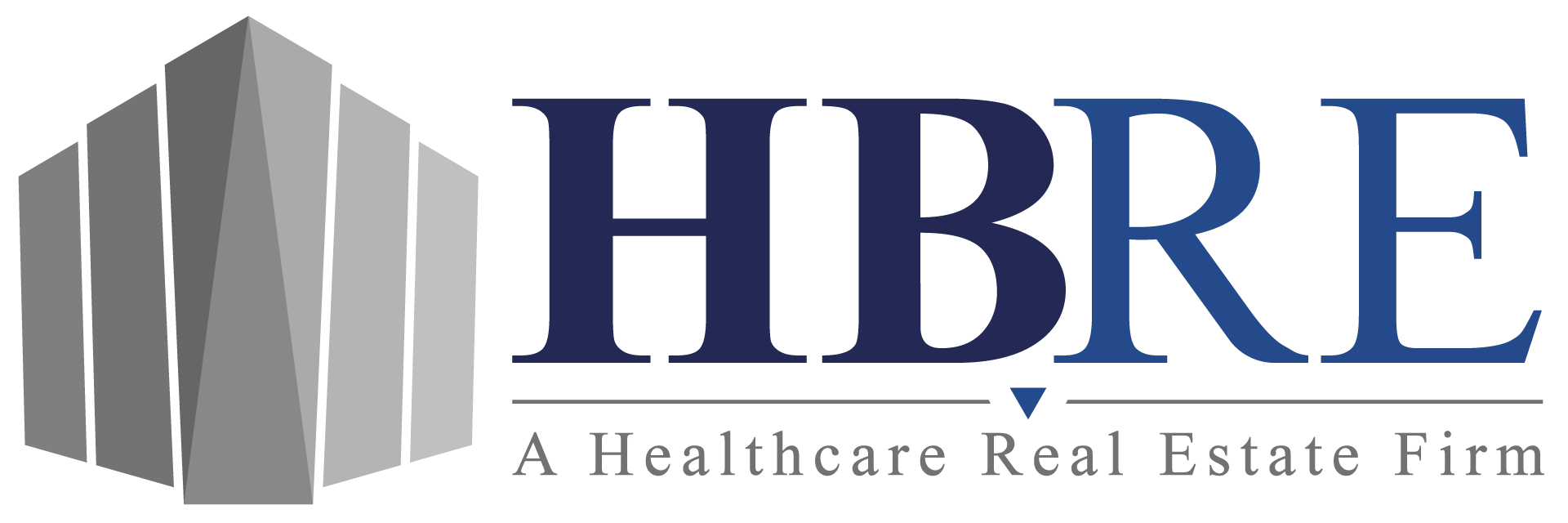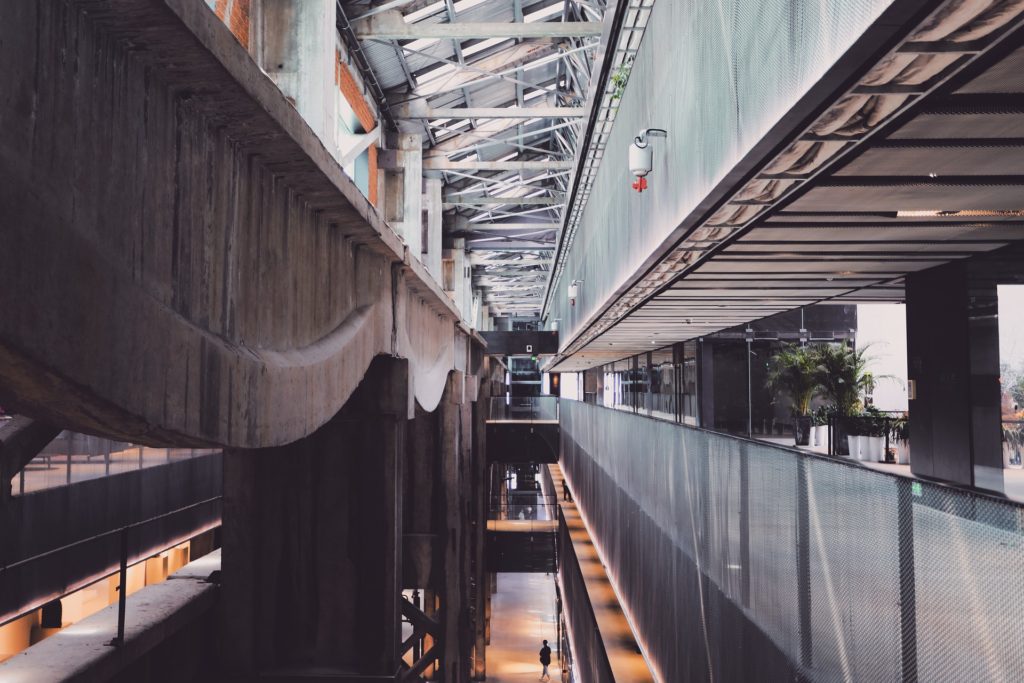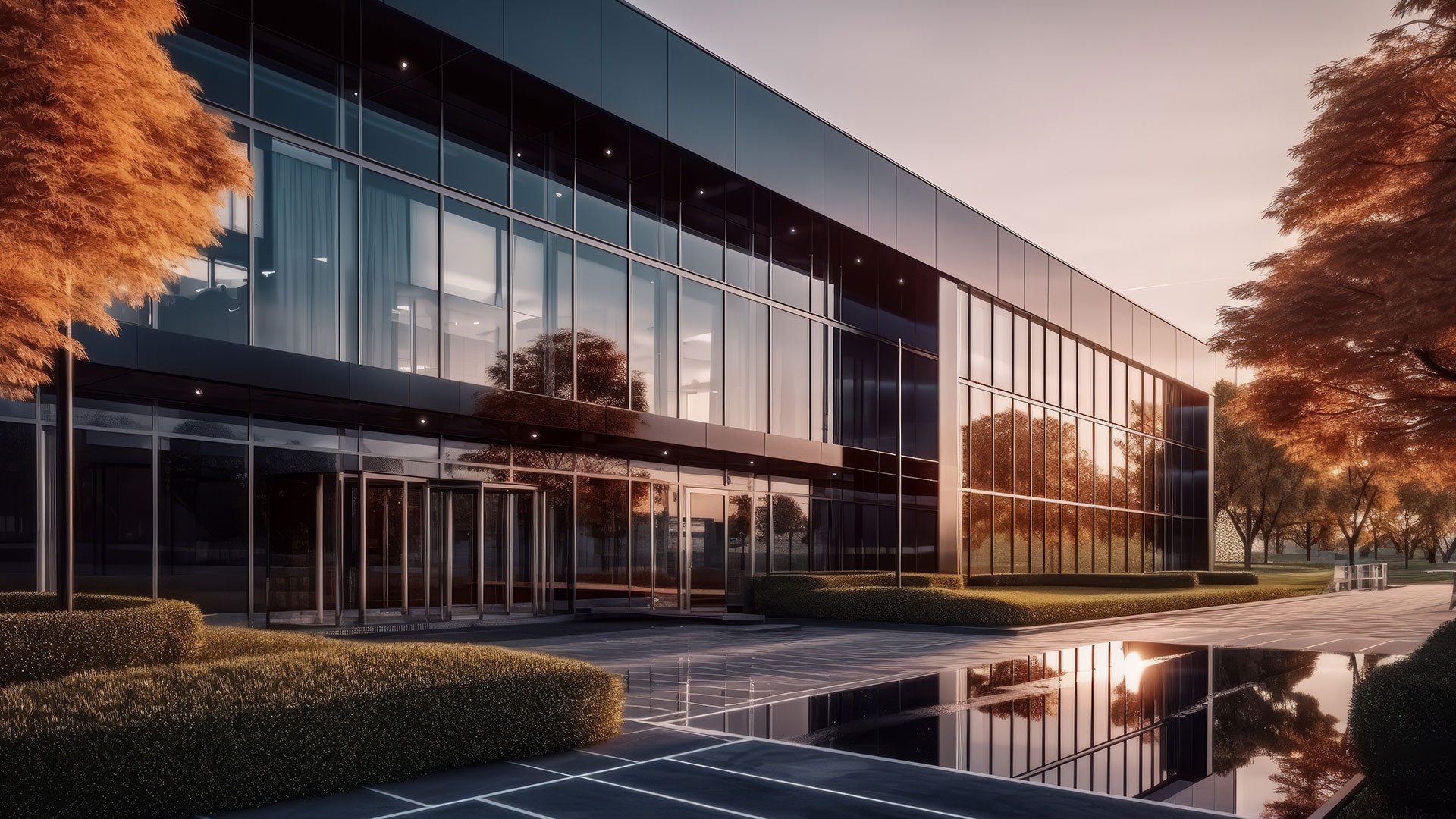Shopping malls across the country are turning into micro-apartments, hospitals, and ice skating rinks. Large industrial complexes are becoming retail and entertainment venues. In one case, an FDA laboratory was transformed into a Class A office building. Adaptive reuse is far from just a trend, and these properties are becoming more prevalent all over the country, especially within the healthcare sector.
What Is Adaptive Reuse
In short, adaptive reuse (AdRu) is the term that describes the transformation of an existing structure into a new use. In order for the transformation to take place, the building has to be structurally sound and the new use for the property should be economically viable. The term can apply to anything from an old office building turned trendy eatery to a large factory transformed into a retail complex. While they can potentially be a significant financial risk, investors know the benefits of value-add AdRu properties.
Adaptive Reuse in Healthcare
Healthcare systems are seeing a significant advantage of AdRu. Their growing patient base is causing a demand for more space. The ability to repurpose existing buildings saves time and resources, allowing health entities to serve more patients at a faster rate.
Because of these benefits, many health systems are opening medical facilities outside of a centralized campus. They can save capital and reach patients in new locations, closer to where the patients live. And due to the recent shift in the retail sector, many vacant shopping malls have found new life as an extension of a larger hospital system.
Medtail Facilities
Medtail facilities are former retail spaces that adapt to fulfill the needs of a medical practice. This kind of AdRu serves the best interests of both retail landlords and their new medical tenants. Private clinics or health systems benefit from the built-in foot traffic that is often associated with retail facilities. And landlords benefit from the e-commerce-resistant nature of a medical tenant. Additionally, since medical tenants are known to hold onto longer leases, the initial buildout or cost of necessary upgrades are well worth the investment.
These transformations from shopping centers to medical centers are happening in a variety of forms. Strip malls and mega malls are both taking on new purposes as specialty clinics, imaging centers, or primary care offices. The key is for these medical clinics to reformat a facility that already has the necessary basic structure for their needs. For example, an existing building with 10-foot–11-foot ceilings may not accommodate practices with large medical equipment. Conversely, a single-story structure with high ceilings may not be practical for adding partitions to fulfill patient privacy requirements. But with so many retail facilities on the market, medical practices aren’t having trouble finding vacant retail spaces that suit their needs.
A prime example is the new medical center at Hudson Valley Mall in Ulster, NY. The new state-of-the-art facility opened at the end of 2019 inside of what used to be a Macy’s store. The project cost $17 million, and now offers 28 exam rooms, employs 40 staff members, and can serve over 5,000 patients per year. Additionally, the space will no longer connect to the rest of the mall. This new site for Hudson River Health Care is just one of the many forms of medical AdRu projects happening throughout the U.S.
Now, the pandemic and resulting shutdowns have only increased available retail properties. A recent article from GlobeSt.com suggests that urgent care centers are prime candidates to fill medtail facilities. These types of medical groups would be drawn to visible and easily accessible retail locations. A vacant Walgreens, for example, would be a suitable facility for an incoming urgent care tenant. Urgent care thrives in environments where patients can receive care closer to where they live, replacing a visit to the traditional hospital.
The Increase of Adaptive Reuse
Urban living, lifestyle trends, and experience-driven consumerism have coincided with the growing trend of AdRu. Businesses are looking to occupy urban areas—where the customers are. But the availability and demand for urban land can also be an issue. And new construction costs can be substantial. AdRu properties help business owners and investors avoid these roadblocks.
The Cost Benefit
Calculating the costs of permits, labor, and materials, AdRu is less expensive than new construction. In fact, AdRu can be 15%–20% cheaper and faster than new construction in cities with accommodating zoning and building codes. That’s assuming that there are no environmental problems along the way. Approval, permitting, and engineering are cost factors as well. Yet, overall, AdRu has a financial advantage over new construction.
In addition to lower construction costs, the Federal Historic Tax Credit is another potential cost-benefit for AdRu properties. The program provides a credit that reduces taxes instead of offering a tax deduction like depreciation. The credit can range from 10%–20% depending on several factors. The age of the building, if it is in a location relative to a historic area, or if it is on the National Register of Historic Places are all taken into consideration.
Sustainability
AdRu projects can be considered sustainable. They don’t require the same amounts of materials as new construction projects. Some older buildings do have hazardous materials that need to be removed and replaced. But in general, AdRu typically uses fewer materials, which reduces transportation and shipping needs for those materials. And since less heavy machinery is needed, less energy is used. Additionally, renovating an existing property also preserves more land, removing the need to develop a new lot. All of this makes an AdRu property more environmentally friendly.
Other Benefits of Adaptive Reuse
AdRu projects revitalize both the structure and the surrounding area. Many of these projects restore elements of the original structure, also revealing the rich past of the community. In some cases, existing materials are upcycled and included in the renovation, which saves money and salvages historical elements at the same time.
These renovated buildings bring more jobs, shops, and restaurants to a community. Some become landmarks within the community, drawing tourists and becoming a hotspot for local activities. Others are transformed into trendy, mixed-use apartment or condominium complexes, enhancing the livability of the area. And in some cases, health systems are even using AdRu to provide affordable housing, benefiting underprivileged patients and supporting the local community.
AdRu is changing the landscape of commercial real estate and the medical real estate sector. While few metrics indicate the full impact, the evidence spans the country. As more abandoned and dilapidated properties are revitalized, more businesses, communities, and healthcare facilities will see the benefits of adaptive reuse.
If you are interested in learning more about investing in commercial real estate, or if you have questions about buying, selling, or leasing a commercial property, please contact an HBRE advisor. Our team of experienced CRE professionals have the skills and insight to assist with all property transactions. To reach out to us directly, email [email protected] or call 615-564-4133.




